Turn signals are designed to alert others that a driver is about to turn or change lanes. When used properly, this simple but effective device could prevent hundreds of thousands of senseless collisions. Unfortunately, many drivers who fail to use their turn signal may cause serious harm to others in a lane change crash. Whatever drivers may or may not feel about using turn signals, it is the law in Nevada. Therefore, if you were injured in a crash caused by a driver’s failure to signal, you may be eligible to seek compensation. Our Las Vegas automobile crash lawyers are prepared to help victims injured by another’s negligence. Learn more in the free initial consultation we offer. There is no risk to find out what legal options may be available to you.
Are Las Vegas Drivers Required to Use Turn Signals?
In Nevada, using a turn signal is required when turning or changing lanes, as well as for:- Exiting a roundabout
- Turning into a parking space
- Pulling out of a parking lot or driveway
- Parallel parking
- Passing vehicles or merging
- Be sure you are in the correct lane for turning
- Check for other vehicles around you (including in your blind spots)
- Yield the right of way to other traffic, including pedestrians
- Slow down to make the turn – however, not until your blinker is on
- Be sure your turn signal is off as you re-enter the flow of traffic
Determining Liability When a Crash is Caused by a Failure to Signal
Failing to use a turn signal in Nevada is a misdemeanor that includes both a fine and one demerit point against the driver’s license. However, if a driver does not get a ticket, proving liability for the purpose of an insurance claim is not often straightforward. Therefore, liability for crashes involving turn signals will typically need to be assessed on a case-by-case basis. If you are lucky, there is evidence that the at-fault driver failed to signal, such as being issued a traffic ticket or footage from a nearby traffic camera. In that type of situation, the driver may be assessed with full liability – or at least a greater portion of it. However, there are other situations when fault could be shared. For example, if a driver turns without signaling and the driver in back rear-ends him or her, both parties could be assessed with some degree of fault. Even though the driver in front violated a traffic law, the driver in back may have been following too closely. Other common examples of crashes involving turn signals include:- Turning left at an intersection without signaling and then getting T-boned by an oncoming vehicle
- Signaling to go in one direction, but then turning in the opposite direction
- Signaling to turn, but then not turning at all
- Making a turn without ever signaling
- Turning on the blinker and starting to turn at the same time
